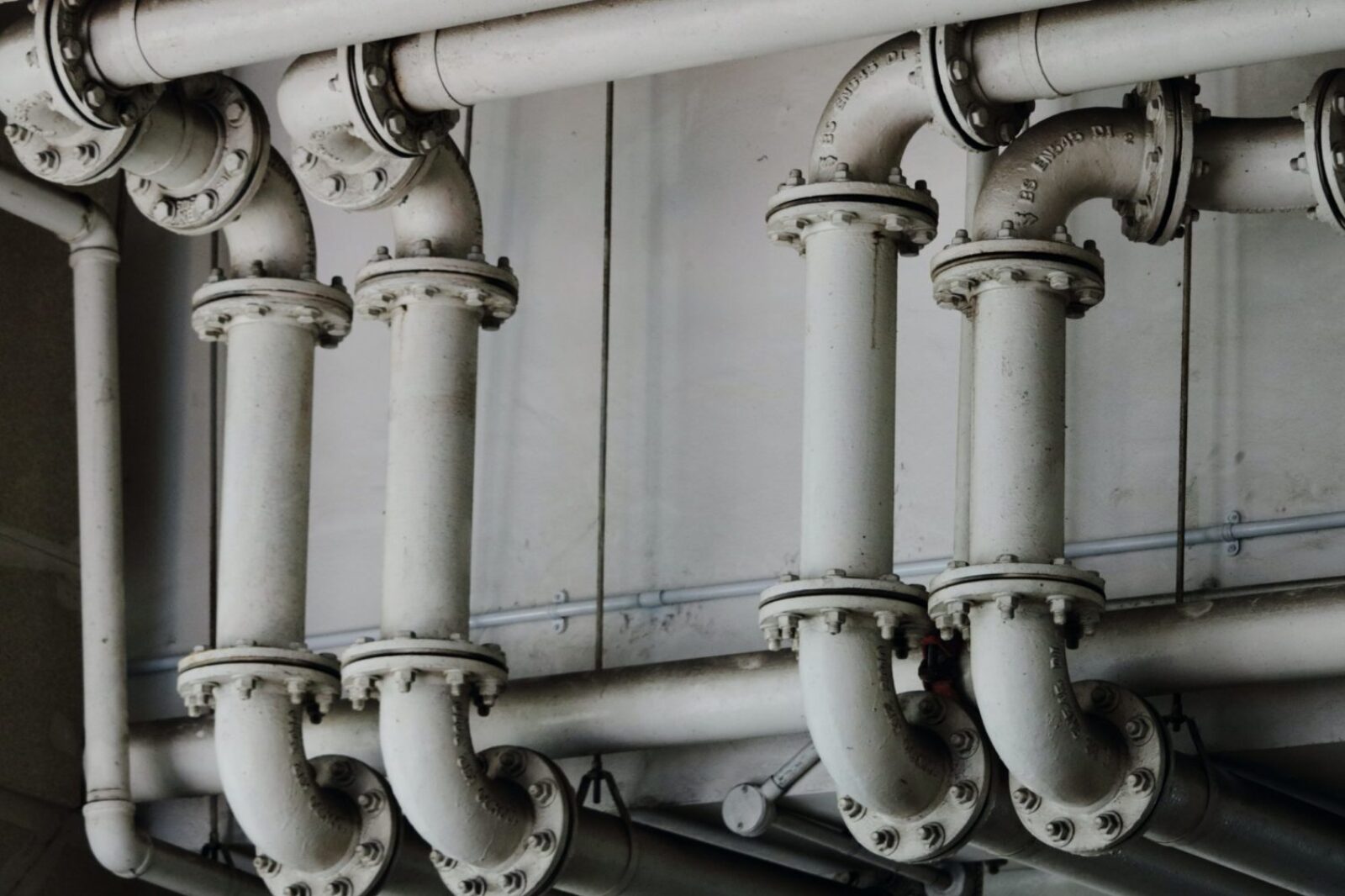Operations leaders play a crucial role in ensuring pipeline efficiency and revenue optimization. But unfortunately, even the best ops pros operate in environments that experience breakdowns in pipeline efficiency.
And when they do, the results can be startling — like “waking up in the middle of the night to discover your sink pipe has burst” levels of alarming.
Leaks in the sales pipeline result in an organization’s revenue team wading knee-deep in problems like missed opportunities, reduced conversion rates, and lower overall revenue generation that hurts the growth and profitability of the business.
Prevention is the best cure — and we’ll get to that — but how do you as an ops leader find and plug a leak in your sales pipeline? Read on to learn more. (Hint: It’s gonna take a lot more than duct tape to fix these leaks.)
What’s That Dripping Sound? Signs of Pipeline Leakage
Don’t wait until your pipeline leaks become a full-on flood of lost opportunities. Sales pipeline leaks are inefficiencies or gaps in the sales process that result in lost opportunities or revenue. If these gaps go unaddressed, they can lead to decreased conversion rates, missed sales targets, reduced revenue, and ultimately hinder overall business growth.
There are several signs that can indicate leaks in your sales pipeline. Here are some common ones to watch out for:
Declining Conversion Rates
If conversion rates between different stages of the sales pipeline are consistently dropping — such as a significant decrease in the percentage of leads converting into opportunities or opportunities progressing to closed deals — there might be leaks in the pipeline.
Prolonged Sales Cycle
If the average time it takes to close deals is getting longer than expected, it may indicate bottlenecks or inefficiencies within the pipeline that should be addressed.
High Lost Deal Rates
If a substantial number of deals are being lost at various stages of the pipeline without clear reasons (such as loss to competitors), it may indicate issues within the sales process, or insufficient opportunity qualification.
Inconsistent or Inaccurate Sales Forecasting
Revenue forecasts that consistently miss the mark often indicate challenges in accurately predicting the progression and outcomes of deals. While there are other possible reasons for inaccurate sales forecasting such as poor quality data or market volatility, pipeline leaks are a common cause.
Finding the Source of the Problem
To find exactly what’s causing your pipeline leak, you first need to identify where opportunities are slipping through the cracks. Audit your sales pipeline stage by stage and look for any causes of lost opportunities. We have a whole blog series coming soon that takes a deeper dive into the causes of — and solutions for! — leaks at each pipeline stage, but here’s a general overview:
Lead Generation
- Ineffective or insufficient lead generation strategies
- Targeting the wrong audience
- Relying on low-quality leads
- Using ineffective marketing channels
Qualification Stage
- Inefficient lead qualification criteria
- Qualification process is not rigorous enough
- Unqualified leads entering the pipeline
Nurturing
- Lack of personalized and engaging communication
- Inadequate follow-up
- Prospects not receiving relevant content and information at the right time
Sales Handoff
- Misalignment between the marketing and sales teams leading to a lack of communication or the loss of crucial information
Sales Process
- Underprepared sales reps failing to effectively address customer pain points
- Inconsistent or lengthy sales cycles
- Poor negotiation skills
- Inadequate objection handling
Proposal/Closing
- Proposals not well-tailored to meet the customer’s specific needs
- Contracts not delivered on time
- Ineffective closing techniques
- Absence of a compelling value proposition
Post-Sale Follow-up
- Lack of follow-up from customer success team
- Customer satisfaction isn’t adequately addressed
- Failing to nurture customer relationships or deliver on promised support
Monitor These Metrics to Seal Pipeline Leaks
Many of the above causes are difficult to measure and quantify. How much personalization in nurturing is considered ideal, for example? Or how do you determine sales reps’ levels of preparedness or negotiation skills, or if they’re sufficiently enabled? Lean on the observations of revenue team members and learn where they’re seeing gaps.
There are some metrics you can rely on at each stage, too, such as:
Lead Generation
- Lead Volume
- Lead Quality
- Lead Conversion Rate
Qualification Stage
- Lead-to-Opportunity Conversion Rate
- Sales Accepted Leads (SAL)
- Rejection Rate
- 6QAs (for 6sense customers)
Opportunity Stage
- Opportunity Win Rate
- Sales Cycle Length
- Pipeline Velocity
Closing Stage
- Deal Closure Rate
- Average Deal Size
- Sales Forecast Accuracy
Metrics that are below the benchmark will help you pinpoint where the leaks are happening, and what needs to be done to plug it up.
Get Out Your Wrench: Stopping and Preventing Pipeline Leaks
Now that you know where opportunities are getting lost, you can take measures to not only keep more from leaking out, but to prevent lost opportunities going forward. Keep this list of solutions on hand and use it as a checklist to make sure your sales pipeline is optimized for maximum efficiency:
Lead Generation
- Leverage intent data to take the guesswork out of demand generation.
- Review and refine lead generation strategies to ensure they effectively target the right audience.
- Utilize data-driven insights to identify high-quality lead sources.
- Experiment with different marketing channels to find the most effective ones for lead generation.
Qualification Stage
- Evaluate your current approach to lead scoring, and compare its accuracy and efficiently to other methods.
- Implement a rigorous lead qualification process with clear criteria so only qualified leads enter the pipeline.
- Regularly review and refine qualification criteria based on feedback from the sales team.
- Provide training and resources to enhance lead qualification skills.
Nurturing
- Develop a personalized and engaging communication strategy that includes tailored content and timely follow-ups.
- Leverage marketing automation tools to deliver relevant content based on prospect behavior.
- Implement lead scoring and segmentation to prioritize and tailor nurturing efforts.
Sales Handoff
- Foster alignment and communication between the marketing and sales teams.
- Establish a clear process and system for sharing prospect information between the teams.
- Conduct regular meetings or use collaboration tools to pass along crucial information during the handoff.
Sales Process
- Implement tools that give reps everything they need to stay laser-focused on selling.
- Provide comprehensive sales training to make sure sales representatives are well-prepared to address customer pain points effectively.
- Streamline the sales process with workflows and orchestrations to eliminate unnecessary steps and reduce sales cycle length.
- Offer negotiation and objection handling training to improve sales skills in these areas.
Proposal/Closing
- Tailor proposals to meet the specific needs and pain points of each customer.
- Develop a library of customizable proposal templates that can be easily modified.
- Implement clear processes and workflows to guarantee timely delivery of contracts.
- Educate sales reps on effective closing techniques that focus on value and addressing customer concerns.
Post-Sale Follow-up
- Establish a dedicated customer success team to provide proactive and regular follow-up after the sale.
- Develop a post-sale customer onboarding program to maintain customer satisfaction and address any concerns or issues.
- Implement a system for ongoing communication and support to nurture customer relationships.
Conclusion
Taking the time to identify and plug pipeline leaks can be a complex, time-consuming process for operations to undertake. The good news is that by addressing causes of opportunity loss early and taking proactive steps to prevent pipeline leakage in the future, operations leaders can make sure their organization’s pipeline is running optimally and maximizes revenue potential.






